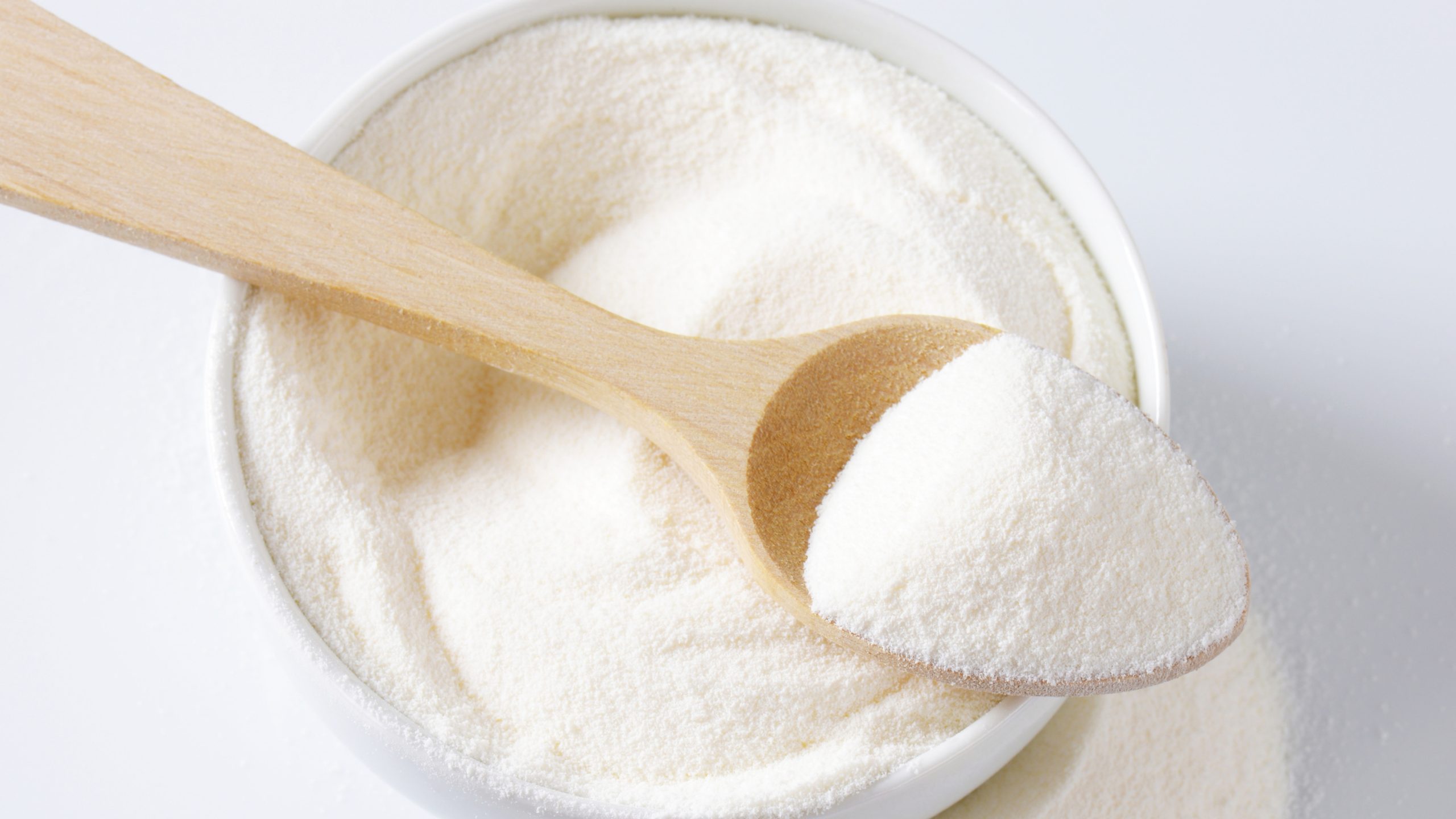Global milk powder prices have experienced a significant decline as a result of worries about decreased demand from China. During the most recent Global Dairy Trade (GDT) auction, both whole milk powder (WMP) and skim milk powder (SMP) prices experienced substantial drops. This downturn has been attributed to China’s economic slowdown and decreasing consumer spending power, which has affected its role as the world’s largest dairy product buyer. The GDT Index reached its lowest level since April 2020, with WMP prices particularly affected, sliding to a seven-year low. China’s increased domestic milk production has also contributed to reduced imports of milk powders. The interconnectedness between China’s consumption patterns and global dairy prices has led to adjustments in New Zealand’s dairy processing and cooperative systems, with a potential prolonged slump in prices if Chinese demand does not recover soon.
Milk powder prices are witnessing a sharp decline, primarily due to concerns surrounding dwindling demand from China. The recent Global Dairy Trade (GDT) auction unveiled a substantial plunge in prices for both whole milk powder (WMP) and skim milk powder (SMP). Analyst Sarina Sharp from the Daily Dairy Report highlighted that anxiety stemming from China’s demand slowdown has cast a heavy shadow on the global milk powder market.
On August 15, the GDT Index registered a staggering 7.4% drop, marking its lowest point since the peak of pandemic-induced fears in April 2020. This period saw global dairy markets rattled by uncertainty. The mid-August auction presented a particularly distressing scenario for WMP prices, which exhibited a significant weakening. The average GDT WMP price tumbled by 10.9%, reaching a seven-year nadir. While GDT SMP prices also experienced a decline, it was less pronounced, as they sank by 5.2% to levels last seen in January 2019.
The concerns stem from China, the world’s second-largest economy, which is currently teetering towards deflation. This economic phase often follows episodes of hyperinflation, wherein a slowdown in consumer spending leads to weak demand, resulting in deflation.
An analyst of the Daily Dairy Report, Betty Berning, pointed out, “Decreased spending power from China, the largest buyer of dairy products in international markets, will keep dairy export demand at bay.” She further noted that while the United States may not witness a reduction in staples like milk and cheese due to dwindling purchasing power and high interest rates, there could be a restraint on luxury food purchases and dining-out.
China’s enhanced milk production has led to a surplus of fresh milk, reducing the country’s reliance on milk powder imports. Sarina Sharp commented, “There are signs of faltering overall milk powder consumption in China, and economic stagnation has further clouded the outlook for Chinese dairy demand.”
Recent reports suggest a significant drop in the number of babies born in China, with estimates indicating a 16% decrease from the previous year and a 40% reduction from 2018. Moreover, Chinese factories have scaled back production, and retail sales in the country have witnessed a notable slowdown.
China’s pivotal role in dictating world dairy prices is evident. This influence has prompted actions in New Zealand, where dairy processors have lowered prices to stimulate product movement. Fonterra, New Zealand’s largest dairy cooperative, has even made two payment cuts to suppliers as it grapples with waning WMP demand from China. The road to price recovery appears challenging unless Chinese demand experiences a prompt revival.







